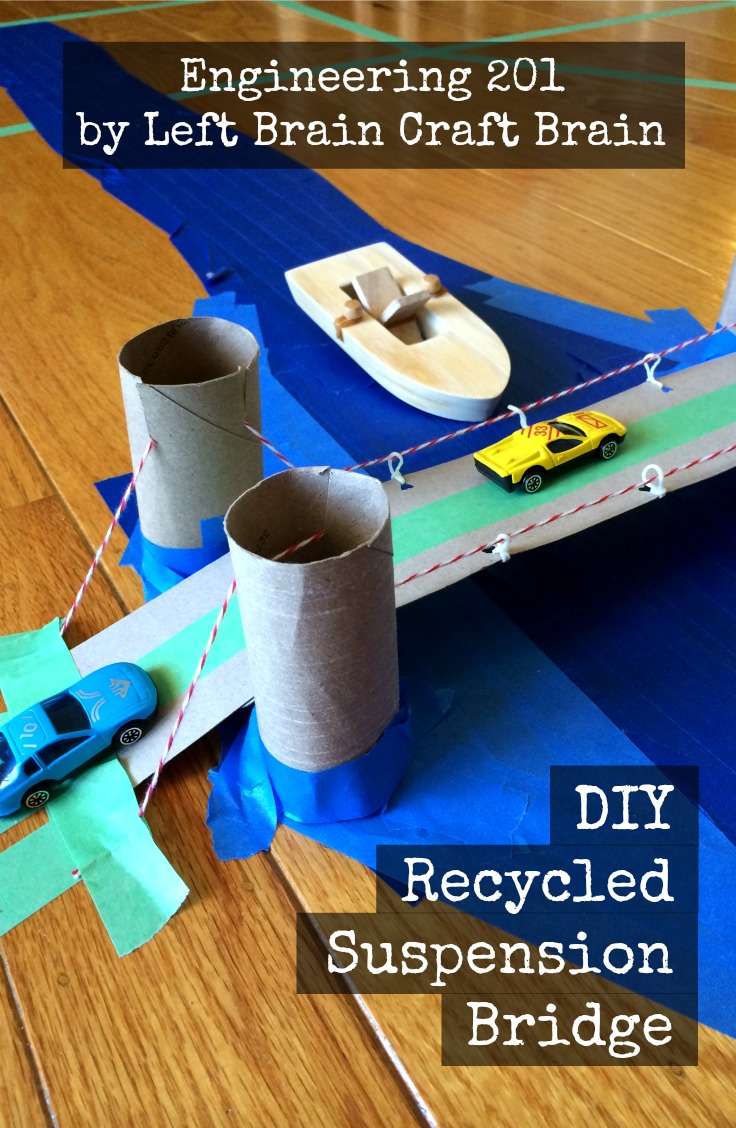The concept of constructing a bridge using recycled materials might initially seem like something out of a science fiction novel, but it is actually a tangible and increasingly important approach to sustainable infrastructure. We are facing growing environmental concerns, and innovative solutions like building a bridge out of recycled materials offer a way to reduce waste, conserve resources, and promote a circular economy. This endeavor requires careful planning, creative engineering, and a deep understanding of material properties, but the potential benefits for the environment and future generations are immense. Embracing this approach to build a bridge out of recycled materials represents a significant step towards a more sustainable and environmentally responsible future.
Exploring Recycled Materials for Bridge Construction
Choosing the right recycled materials is crucial for the structural integrity and longevity of the bridge. Several options are available, each with its own advantages and disadvantages. Consider these possibilities:
- Recycled Plastic Lumber: Made from post-consumer plastic waste, this material is resistant to rot, insects, and moisture, making it ideal for decking and railing components.
- Reclaimed Steel: Steel from demolished buildings or bridges can be reused, offering excellent strength and durability. It’s crucial to thoroughly inspect and test reclaimed steel before use.
- Recycled Concrete Aggregate (RCA): Crushed concrete from demolished structures can be used as aggregate in new concrete mixes, reducing the demand for virgin materials.
- Tires: While not typically used for structural components, shredded tires can be incorporated into bridge approaches and embankment stabilization.
The Design and Engineering Process
Designing a bridge using recycled materials requires a slightly different approach compared to traditional construction. Engineers need to carefully consider the properties of the chosen materials and ensure they meet the required load-bearing capacity and safety standards. Finite Element Analysis (FEA) is often used to simulate the bridge’s behavior under various stress conditions.
Key Considerations During Design:
- Material Strength and Durability: Thorough testing is essential to determine the material’s strength, stiffness, and resistance to environmental factors.
- Connection Details: Designing robust connections between recycled components is vital to ensure structural integrity.
- Environmental Impact Assessment: A comprehensive assessment should be conducted to minimize the environmental impact of the construction process.
Comparing Traditional vs. Recycled Material Bridges
The following table highlights some key differences between bridges built with traditional materials and those constructed using recycled materials:
| Feature | Traditional Bridge | Recycled Material Bridge |
|---|---|---|
| Material Source | Virgin materials (steel, concrete) | Recycled and reclaimed materials |
| Environmental Impact | Higher carbon footprint due to material extraction and processing | Lower carbon footprint and reduced waste |
| Cost | Potentially lower initial cost, but may have higher long-term maintenance costs | Potentially higher initial cost, but may have lower long-term maintenance costs due to material durability |
| Sustainability | Less sustainable | More sustainable and environmentally friendly |
Successfully building a bridge out of recycled materials represents a significant advancement in sustainable infrastructure and demonstrates the potential for turning waste into valuable resources. As technology advances and our understanding of material properties deepens, we can expect to see more innovative and environmentally friendly bridge designs in the future.







